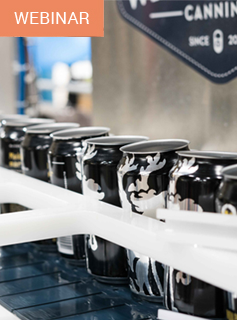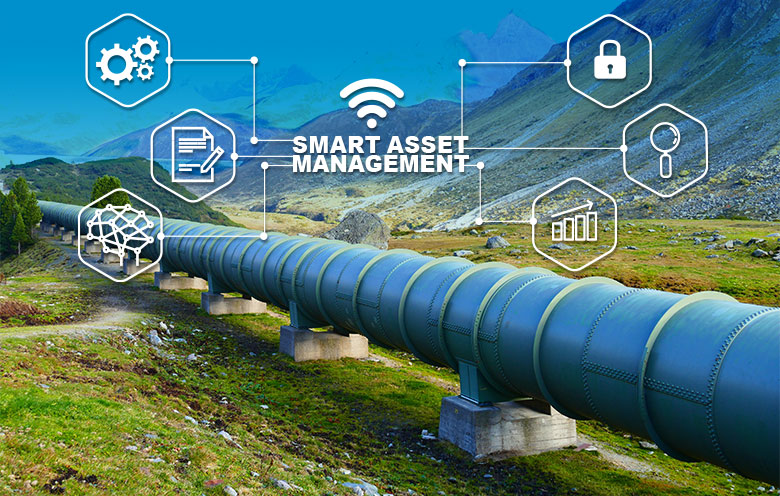Asset management is not a new concept for utilities. However, water and wastewater utilities are challenged with how best to manage their asset stocks with limited replacement funds while maintaining a satisfactory level of service to customers. A data-based asset management approach can help water utilities to meet this challenge.
A key element of such an approach is the assessment of asset condition and performance based on data.
In today’s data-driven landscape, the Internet of Things (IoT), big data, cloud computing and mobile technologies are having an unprecedented effect on asset management strategies.
Advanced asset management strategies will save water utilities US$41.9 billion in capital expenditures by 2027. – Bluefield Research
This blog post will show you the current image of asset management in a water utility company. It will also cover how organizations that choose to adopt a smart asset management solution can enhance operational efficiency, alleviate ever-changing regulatory and stakeholder pressures and boost customer loyalty.
Asset management challenges for water utilities
Water utility companies have been managing their assets since the very first pipe was placed and the earliest pump stations, treatment plants and reservoirs constructed. They have also been following ISO 55000 standards. But getting a meaningful snapshot of the entire water utility assets network in real-time is impossible. Moreover, fulfilling the growing demands of consumers and governing bodies is challenging.
Increasing regulatory pressure
No matter in which city/state/country your water utility company operates, the regulators’ role is to ensure that utilities deliver quality service at a fair price. These days, regulators are putting more pressure on water companies by challenging them to legitimize the cash they spend and to provide a proof that the consumer is getting value for money.

How Industry 4.0 is a game changer for factory owners
Webinar agenda
- How Industry 4.0 is a game changer
- The role of IoT and data analytics in the manufacturing industry
- IT/OT Convergence: Why it’s important for IoT adoption
- Current market trends and value
- Smart factory: The evolution not revolution
- Demo and review of smart production line monitoring
- Q&A session
Uninterrupted water supply is not enough
With increasing expectations of customers and regulators, uninterrupted water supply is no longer sufficient. Water utilities also need to enhance general operating efficiency and offer significant cost savings.
High mean time to repair
Let’s imagine a scenario where an engineering or maintenance team needs to solve a problem. They first require spending time – sometimes days or weeks – in determining the actual status, configuration as well as cost and efforts required for the asset to be repaired. They also need to check spare parts availability and impact on distribution network before they begin any real job. Can such mean time to repair lessened by smart asset management?
Benefits of smart water solution
The digital technology revolution brings drastic advances in making different data available to utilities. With IoT implementation, any water utility company can get the data about water velocity through piping, sludge level, concentration of toxic gases, water quality and more – in real-time. Imagine the time taken a decade ago. Were we ever able to get the data in real-time, analyze it with several dimensions and monitor each asset remotely? Today, the entire life cycle of assets can be handled with sophisticated analytics tools and computing power available. To realize the competitive advantage with data and analytics, water utility companies should:
Harness data
Delivering the benefits of data and analytics is a top priority for data-driven technologies. Remote asset management is an excellent example. In-built sensors can monitor the assets of a water utility in real-time and remotely. It also does predictive analytics.
For example, a city’s primary water and sewerage network provider is responsible for managing a smooth flow of water and wastewater across the city. If a spill occurs, the first nudge comes maybe after hours or sometimes after days and that too from a public member. By that time, it may threaten public health and the environment. No need to mention, it also intensifies clean-up efforts. On the other hand, with smart water solution implementation, an employee of a municipal corporation gets a notification about spillage occurrence in real-time or a few hours in advance.
With smart water solution implementation, analog water level sensor, flow meter sensor and a couple of more are installed throughout the city’s water ecosystem. Sensors give data about the time sewage takes to fill (time to fill) and the time a pump takes to clear the well of waste. The solution analyzes the time to fill and pump run behavior data for two different periods, on-peak and off-peak and weekdays and weekends. On-peak periods include mornings or evenings where a well fills quickly in less time and the pump must run more. On the contrary, during off-peak periods like overnight, well fills less, takes longer time and pump runs less. The solution recognizes blockages or possibility of spillage occurrence, for instance, by detecting the extended fill time and absence of pump runs during the on-peak period. It indicates possible blockage and abnormality in real-time and with the application of machine learning techniques a few hours in advance.
Manage not only present but the future output of assets
An organization’s first step is to have clear knowledge of its asset health. This involves knowing the timing to focus on improvements to extend the life of a current asset with minimum cost and when it is best to replace. Nevertheless, other factors must also be taken into consideration. For example, asset degradation will differ from place to place. A water pipeline network in use in a coastal region may be subject to salt erosion, while the same network established in a hot environment may suffer heat damage. The data of an asset’s condition or status alone may not provide the necessary information to evaluate the behavior of an asset under certain circumstances. It requires collecting data from different systems with real-time analytics and predictive modeling. Such an establishment will assist a municipal authority or an organization to determine how the deterioration of an asset impacts service, price, or exposes the organization to risk.
Joint operational silos
The adoption of an IoT-based remote asset management solution breaks down not only data silos but operational silos as well. Meaning, an organization involves everyone – from the finance team, maintenance technicians to project managers, directors and even their contractors – to accomplish best practices in asset management.
Overall, with IoT implementation, stakeholders of water and wastewater utilities have far deeper knowledge than ever before about the current performance of their assets, water quality and water consumption.
In all, a smart remote asset management solution offers several possibilities for a water utility to enhance operational efficiency and profitability while limiting downtime and extending asset life. To know more about how remote asset management strategies can give your water utility an edge, contact us.









